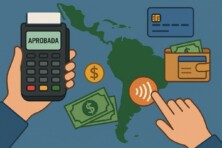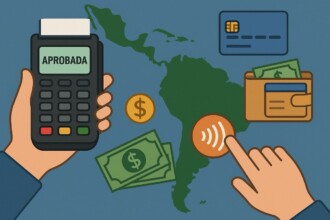Binary options trading has become increasingly popular in recent years, largely due to its simplicity and potentially high returns. In binary options trading, you are betting on the price movement of an asset within a specific time frame. There are various types of binary options that traders can choose from, each requiring different trading tools for binary options and offering different levels of risk and reward.

In this article, we will discuss the three most common types of binary options: high/low, touch/no-touch, and boundary trades. Read on to learn more about the basics of binary options trading.
High/Low Binary Options
High/low binary options, also known as call/put options, are the most basic and popular type of binary options trades. In this type of trade, the trader predicts whether the price of the asset will be higher or lower than the current market price at the expiry time. If the trader’s prediction is correct, they will receive a predetermined payout, usually between 70% and 90% of their investment. If the prediction is incorrect, the trader loses their entire investment.
To trade high/low binary options, a trader must first choose an asset, such as a currency pair, stock, or commodity. Next, they must decide on an expiry time, which can range from a few minutes to several hours or even days. Finally, the trader must determine whether they believe the asset’s value will be higher (call) or lower (put) than the current market price at the expiry time.
For example, let’s say a trader believes that the EUR/USD currency pair will rise in the next hour. They could invest $100 in a high/low binary option with a one-hour expiry time and a potential payout of 80%. If the EUR/USD rate is indeed higher at the end of the hour, the trader would receive a payout of $180 ($100 initial investment + $80 profit). If it is lower, the trader would lose their entire $100 investment.
Touch/No-Touch Binary Options
Touch/no-touch binary options are a variation of the high/low options, with an added level of complexity. In this type of trade, the trader predicts whether the asset’s price will touch a predetermined cost level (called the “strike price”) before the expiry time. If the trader believes the price will touch the strike value, they select a touch option. If they believe it will not touch the strike price, they choose a no-touch option.
The potential payout for touch/no-touch binary options is usually higher than for high/low options, as the likelihood of the asset’s cost touching the strike price is lower. Payouts can range from 200% to 500% of the initial investment or even higher, depending on the distance between the current market price and the strike price.
For example, if a trader believes that the cost of gold will touch $1,300 per ounce within the next day, they could invest in a touch binary option with a strike price of $1,300 and a one-day expiry time. If the price of gold does indeed touch $1,300 at any point during the day, the trader would receive their predetermined payout. However, if it does not touch the strike price, the trader loses their entire investment.
Boundary Trades
Boundary trades, also known as range or in/out binary options, involve predicting whether the asset’s cost will remain within a predetermined price range (bounded by an upper and lower price level) or break out of the range before the expiry time. If the trader believes it will stay within the range, they select an in option. If they believe the price will move outside the range, they choose an out option.
Boundary trades offer a higher level of control over the trading process, as traders can select the range and expiry time that best suit their market analysis and risk tolerance. The potential payout for boundary trades is typically lower than for touch/no-touch options, as the likelihood of the asset’s value remaining within the range is higher. Payouts can range from 60% to 200% of the initial investment, depending on the width of the price range and the expiry time.
For instance, if a trader believes that the price of oil will remain within a range of $45-$50 per barrel for the next three hours, they could invest in an in binary option with a predetermined price range and a three-hour expiry time. If the cost of oil stays within the specified range at the end of the three hours, the trader would receive their predetermined payout. However, if it moves outside the range, the trader loses their entire investment.
In conclusion, high/low, touch/no-touch, and boundary trades are the three most common types of binary options available to traders. Each type offers different levels of risk and reward, allowing traders to choose the option that best suits their trading style and market analysis. As with any form of trading, it is essential to carefully consider the potential risks and rewards before investing and to develop your knowledge and skills to improve your chances of success.









